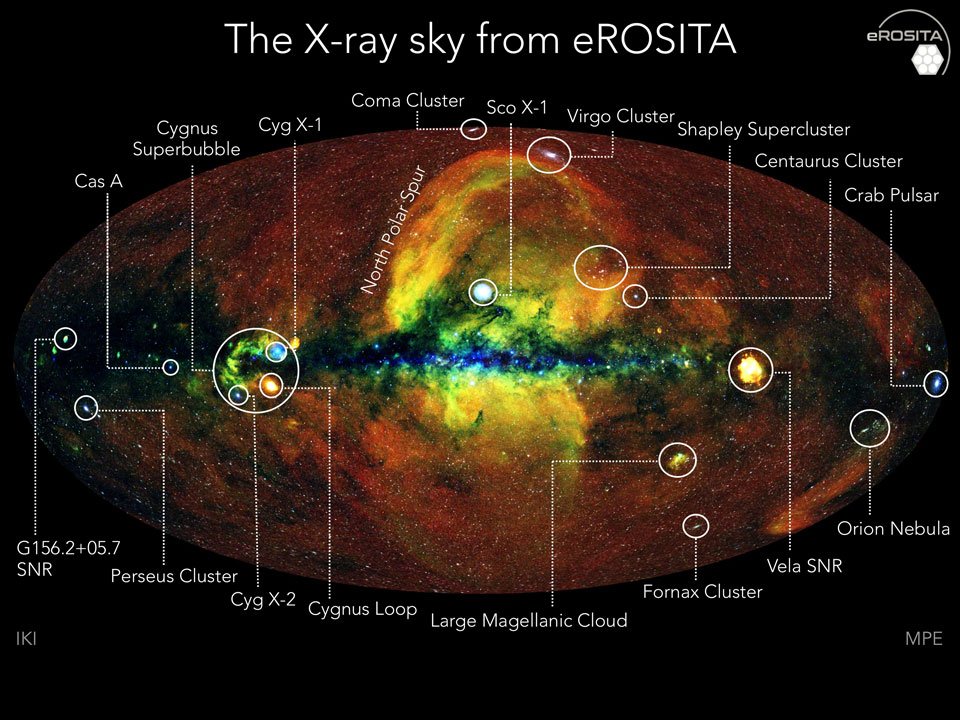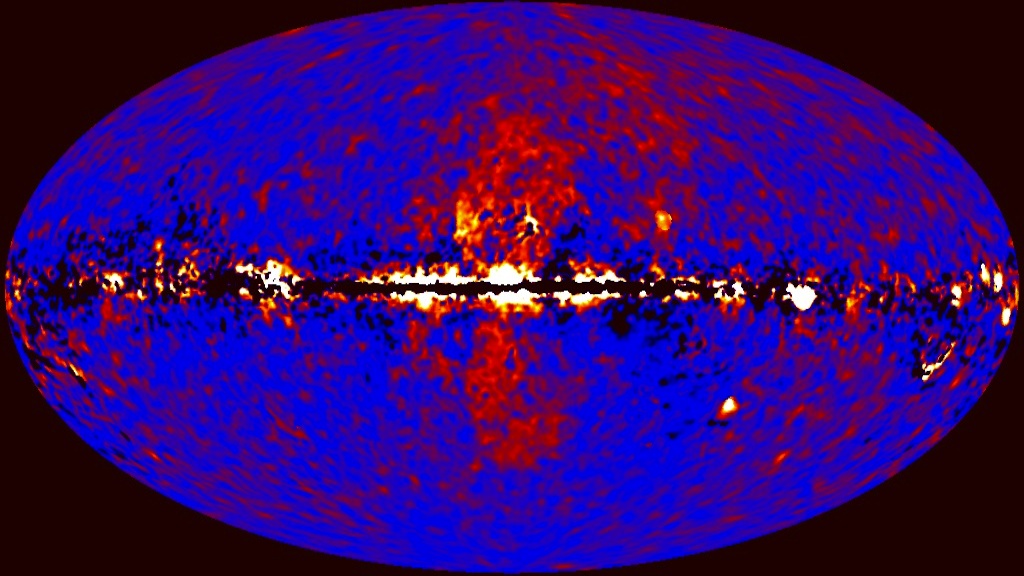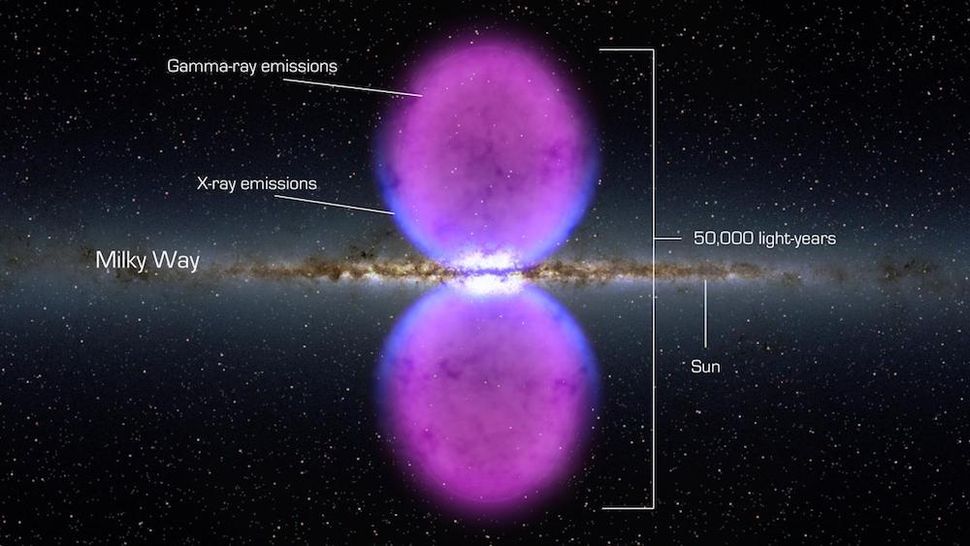shaileshs wrote: ↑Tue Jun 23, 2020 3:19 pm
MarkBour wrote: ↑Tue Jun 23, 2020 5:28 am
shaileshs wrote: ↑Tue Jun 23, 2020 4:37 am
I wonder what's the radius of the view shown here (360deg around).. i.e. Objects from how far distance are covered in this view..
The image is a projection of an all-sky survey. It shows every direction in the sky. There is no distance limit in the image.
If you mean the view is of entire sky "visible" to the observing camera (billions of years in any/every direction) ?
...
Yes.
And then the rest of your question indicates that perhaps you aren't too familiar with this kind of image, so rather than answer your questions, here are a couple of starting points.
First, there's a Wikipedia page on eROSITA:
https://en.wikipedia.org/wiki/EROSITA. Near the top of that article is a lovely video that shows an overview of the mission. The satellite that is carrying this instrument is slowly spinning and over a period of the last six months has looked in every direction, mapping out a
sphere of data. It is looking in every direction and telling us where it sees X-rays in the sky.
Now, if we could do it (perhaps if everyone had VR equipment), then APOD could just give you a sphere of data and you would see that the data is all around you. When you're looking in the direction of the Large Magellanic Cloud (LMC), you'd see some X-rays. If you're looking in the direction of Sco X-1, you'd see a bright X-ray source. As the APOD caption has informed us, the mission has just made a high-resolution map that has located around 1.1 million X-ray sources in the sky!
Second, since we can't look at the sphere of data, this APOD has used a projection of that sphere onto a flat page. The problem of doing this is the same problem as one has in trying to map the surface of the Earth onto a flat page. And so the solutions match as well. I think many sky surveys are plotted in a manner like the Mollweide projection (Wikipedia:
Mollweide projection).
So, the entire image is a map of different
directions. No point on the map represents "us", and no point is closer or farther from us. Things that are far apart on the map, are far apart because they are far apart angularly, not in distance from one another. But even this is not faithful, because the edges of the projection will wrap around to the opposite side. If an X-ray source A is spread over a wider area of the sky than an X-ray source B, then A should appear larger than B in this map.
 The X-Ray Sky from eROSITA
The X-Ray Sky from eROSITA


